Women in science have made groundbreaking contributions that have transformed our world, often overcoming significant challenges along the way. Their discoveries and innovations continue to shape our understanding of the universe and improve our daily lives. Here are some of the most remarkable women in science whose achievements continue to inspire future generations.
Marie Curie – Pioneering Radioactivity Research
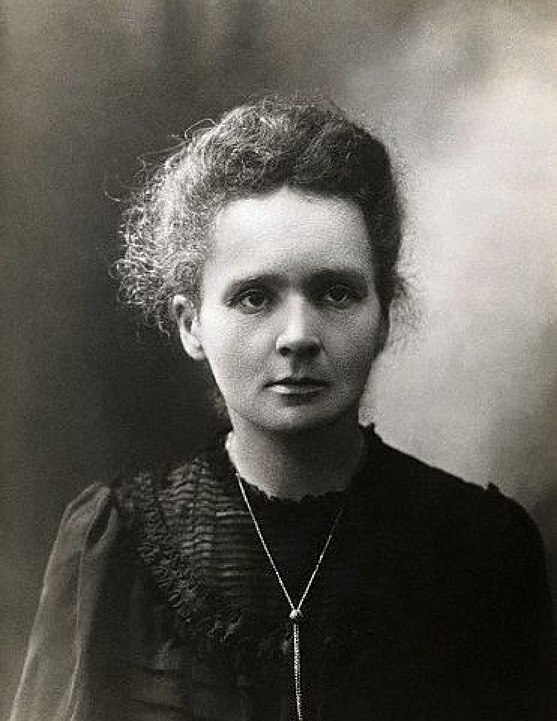
Marie Curie is best known for her pioneering research on radioactivity, a term she coined herself. She was the first woman to win a Nobel Prize and remains the only person to have won Nobel Prizes in two different scientific fields—Physics and Chemistry. Her work led to the discovery of radium and polonium, significantly advancing the field of nuclear physics. Curie’s legacy continues to influence the fields of medicine and energy.
Rosalind Franklin – Unveiling the Structure of DNA
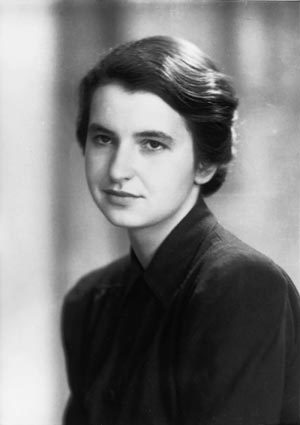
Rosalind Franklin played a crucial role in discovering the double helix structure of DNA through her work in X-ray crystallography. Her famous “Photo 51” provided critical evidence that helped James Watson and Francis Crick build their DNA model. Although she did not receive the recognition she deserved during her lifetime, Franklin’s contribution is now widely acknowledged as fundamental to one of the most important scientific discoveries of the 20th century.
Katherine Johnson – Calculating Paths to Space
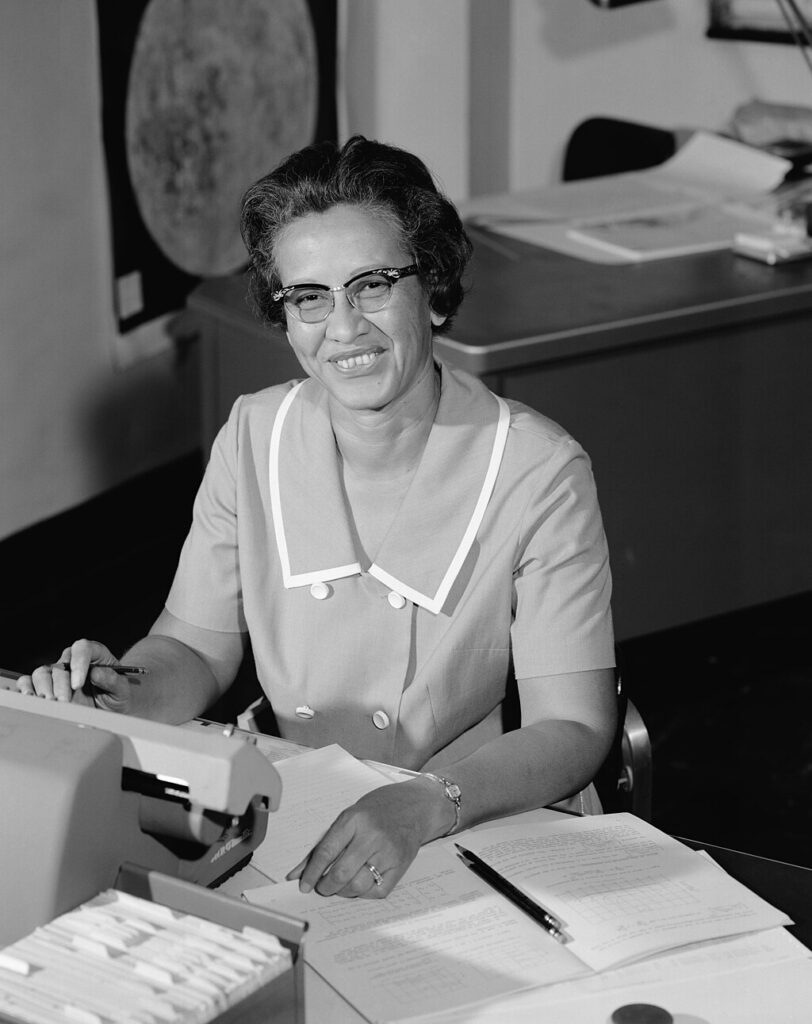
Katherine Johnson was an exceptional mathematician whose calculations were critical to the success of NASA’s early space missions. She calculated the trajectories for the first American in space, Alan Shepard, and verified the calculations for John Glenn’s orbital flight. Johnson’s work was essential in ensuring the safety and success of these missions, and she later contributed to the Apollo moon landing missions. Her story was famously portrayed in the film “Hidden Figures.”
Ada Lovelace – The First Computer Programmer
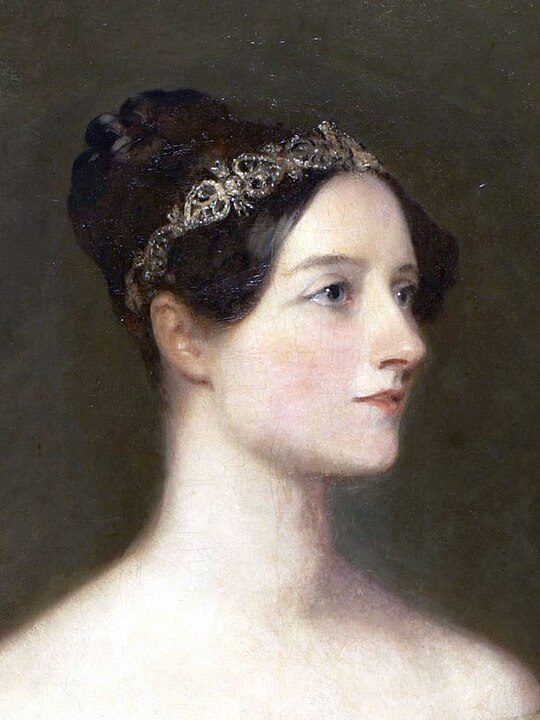
Ada Lovelace is often considered the first computer programmer. She worked alongside Charles Babbage on his Analytical Engine, and her notes on the machine included what is now recognized as the first algorithm intended to be processed by a machine. Lovelace’s vision of computers going beyond mere calculations to create art and music laid the groundwork for modern computing. Her contributions are celebrated every year on Ada Lovelace Day, which honors women in STEM.
Barbara McClintock – Discovering Genetic Transposition
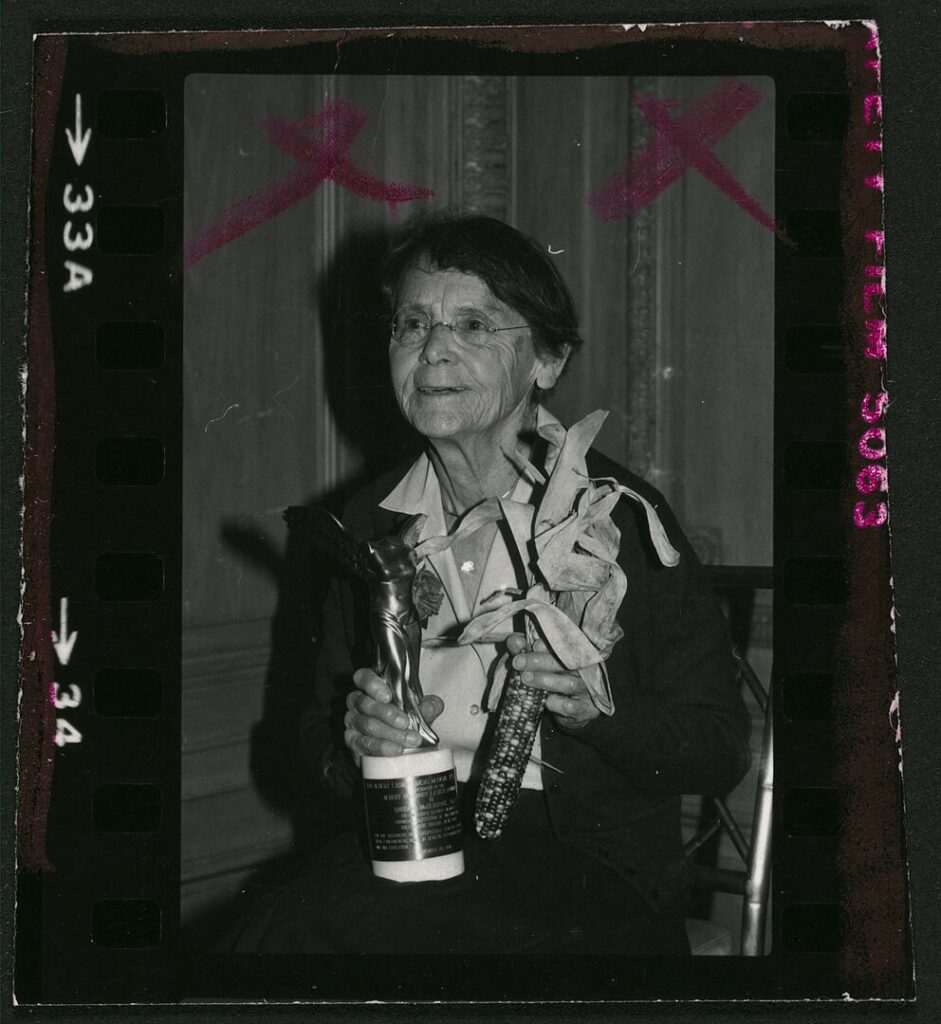
Barbara McClintock made groundbreaking discoveries in genetics, particularly in the field of genetic transposition. Her work with maize led to the discovery of “jumping genes,” which are genes that can change their position within the genome. Initially met with skepticism, her findings were later recognized as revolutionary, earning her the Nobel Prize in Physiology or Medicine in 1983. McClintock’s work fundamentally changed our understanding of genetics and inheritance.
Jane Goodall – Revolutionizing Primatology
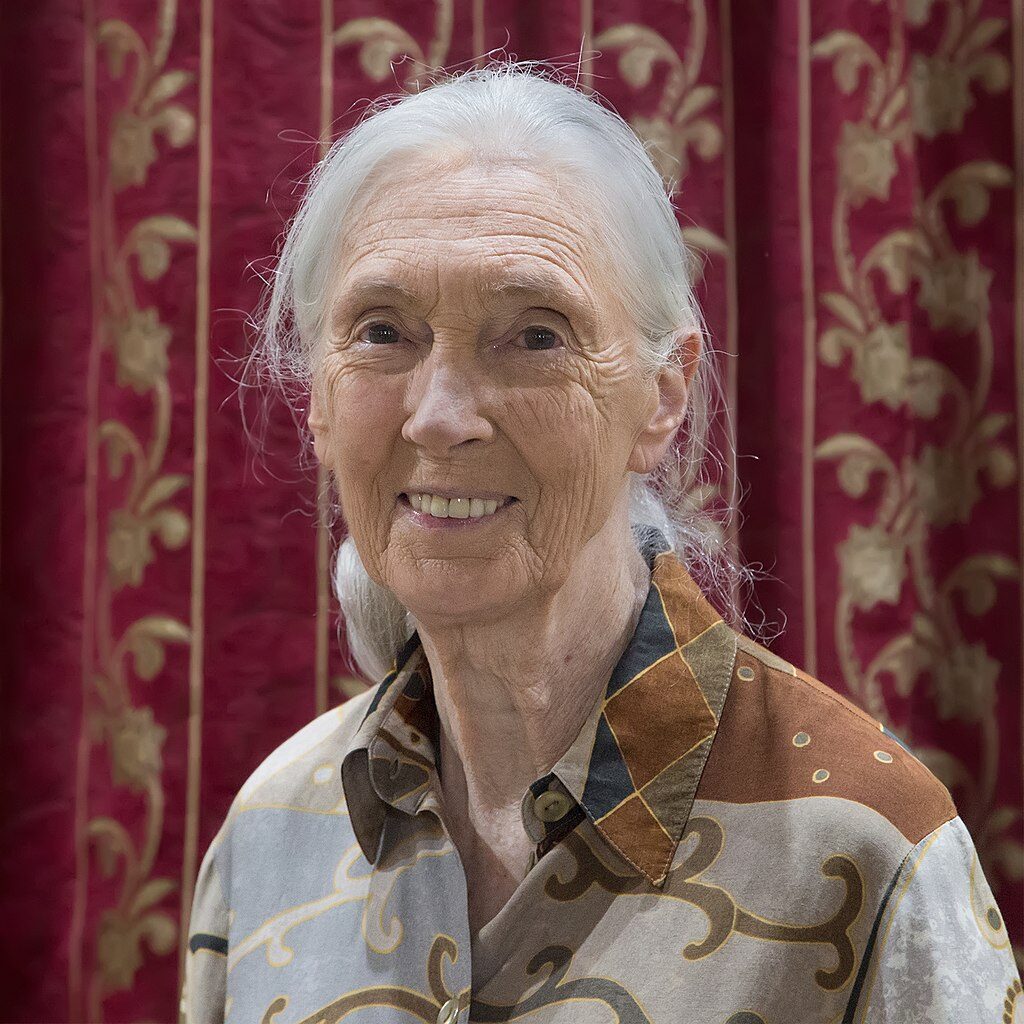
Jane Goodall is a world-renowned primatologist whose work with chimpanzees has changed our understanding of primate behavior and human evolution. Through her extensive fieldwork in Tanzania, Goodall discovered that chimpanzees make and use tools, challenging the notion that tool use was unique to humans. Her research has had a profound impact on primatology, anthropology, and conservation efforts worldwide. Goodall continues to be an advocate for animal rights and environmental conservation.
Rachel Carson – Sparking the Environmental Movement
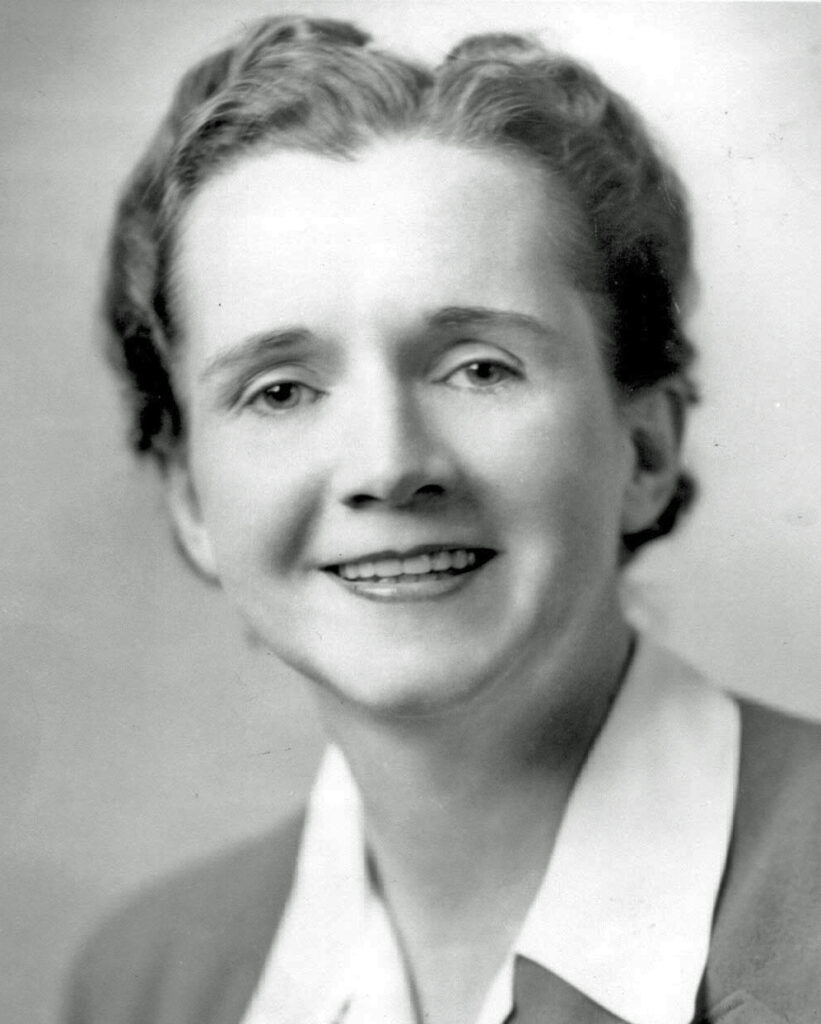
Rachel Carson was a marine biologist and conservationist whose book “Silent Spring” brought attention to the environmental impact of pesticides. Her work led to a nationwide ban on DDT and other harmful chemicals and inspired the modern environmental movement. Carson’s writing emphasized the interconnectedness of all living things and the need for sustainable practices. Her legacy is seen in the establishment of Earth Day and the ongoing efforts to protect the environment.
Maria Goeppert Mayer – Unlocking the Nuclear Shell Model
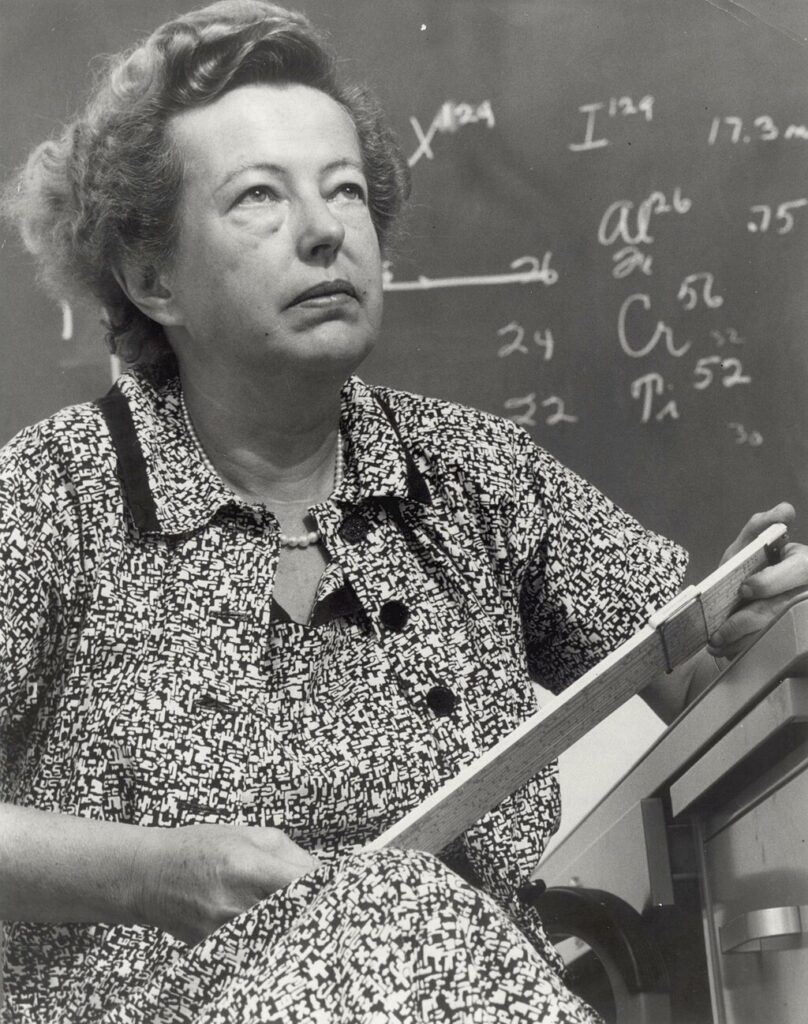
Maria Goeppert Mayer was a theoretical physicist who developed the nuclear shell model, which explains the structure of atomic nuclei. Her work earned her the Nobel Prize in Physics in 1963, making her the second woman to receive the prize in this field after Marie Curie. Mayer’s research has had a lasting impact on nuclear physics and our understanding of atomic structure. Her achievements remain a testament to the power of theoretical physics.
Lise Meitner – Co-Discovering Nuclear Fission
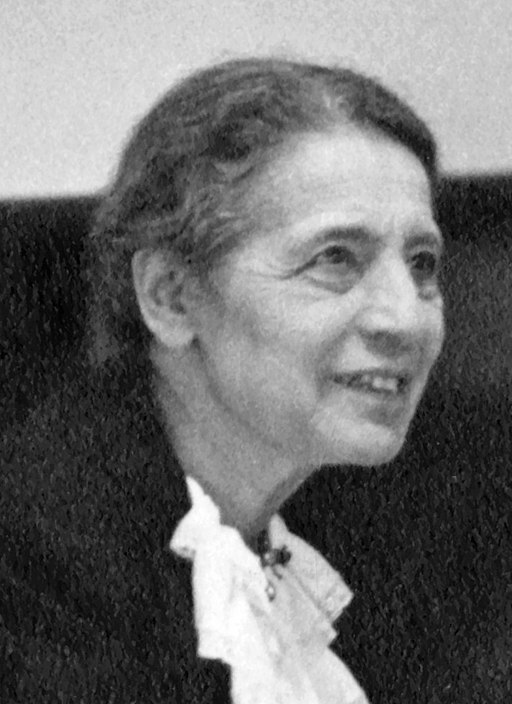
Lise Meitner was a physicist who, along with Otto Hahn, discovered nuclear fission—the process that would later be used in both nuclear reactors and atomic bombs. Although she did not receive the Nobel Prize alongside Hahn, her contributions were critical to the discovery. Meitner’s work laid the foundation for the development of nuclear energy and had profound implications for both science and history. She is often referred to as the “mother of the atomic bomb.”
Dorothy Hodgkin – Deciphering the Structure of Biomolecules
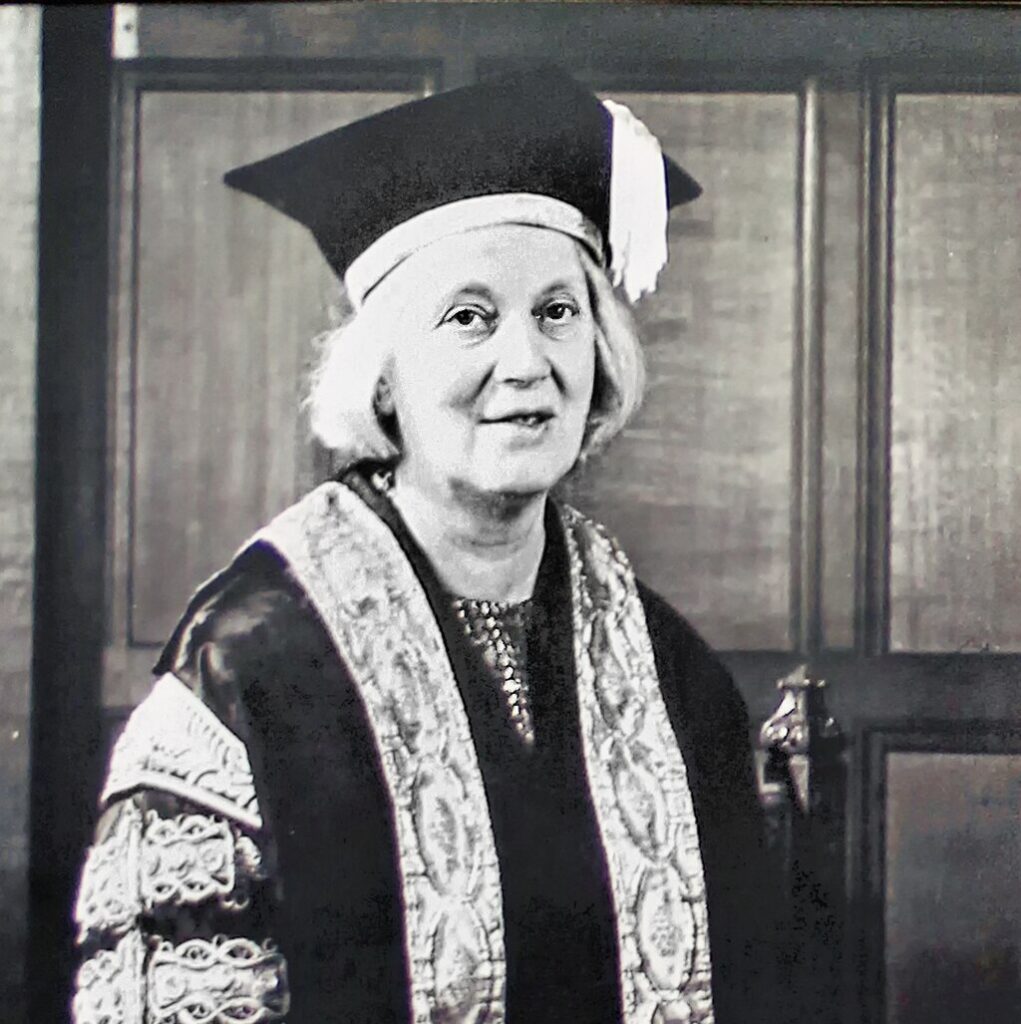
Dorothy Hodgkin was a British chemist who made significant contributions to the field of X-ray crystallography. She determined the structures of important biomolecules, including penicillin and vitamin B12. Her work earned her the Nobel Prize in Chemistry in 1964, and she later determined the structure of insulin. Hodgkin’s research has had a lasting impact on medicine and our understanding of biochemical processes.
Florence Nightingale – Founding Modern Nursing
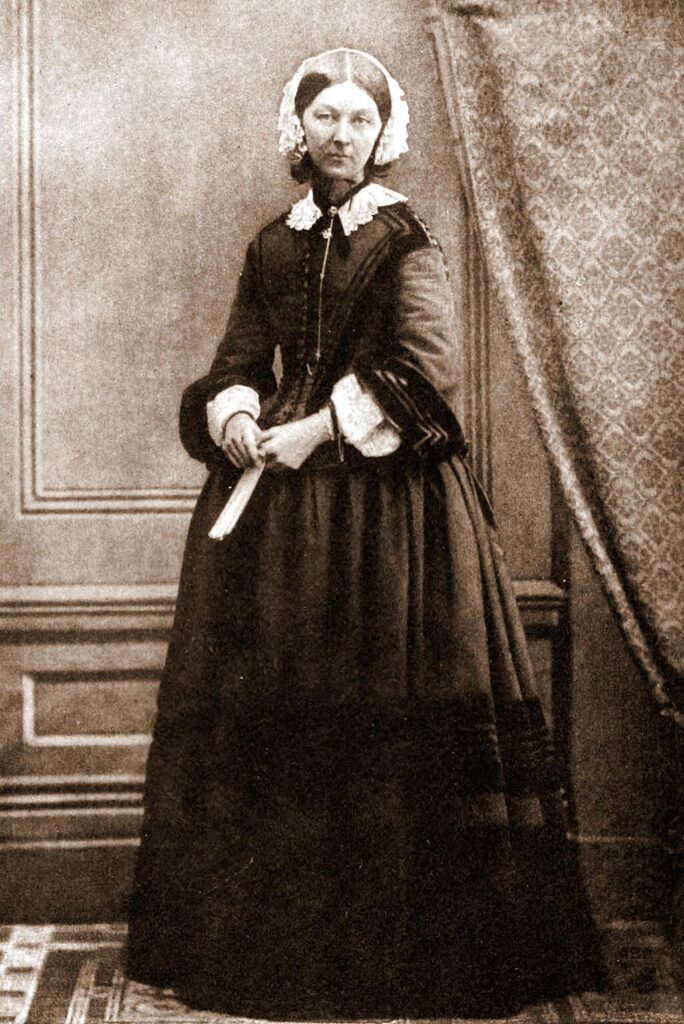
Florence Nightingale is widely recognized as the founder of modern nursing. Her pioneering work during the Crimean War, where she implemented sanitary practices and organized medical care, dramatically reduced the mortality rate. Nightingale also established the first scientifically-based nursing school, which transformed nursing into a respected profession. Her legacy continues to influence healthcare practices and education worldwide.
Chien-Shiung Wu – Conducting Groundbreaking Physics Experiments
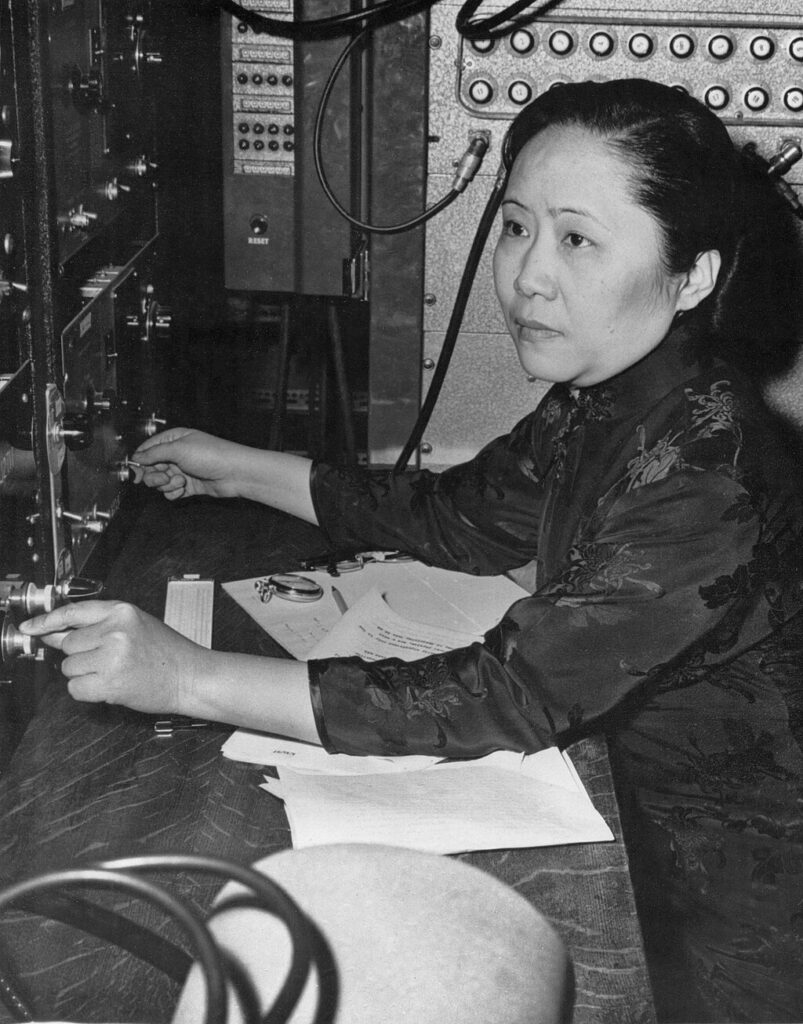
Chien-Shiung Wu was a Chinese-American physicist who made significant contributions to nuclear physics. She is best known for her work on the Manhattan Project and for conducting the Wu experiment, which disproved the conservation of parity in weak nuclear interactions. Her experiment provided crucial evidence for the theory proposed by physicists Tsung-Dao Lee and Chen-Ning Yang, who later won the Nobel Prize. Wu’s achievements have earned her the nickname “First Lady of Physics.”
Rita Levi-Montalcini – Uncovering Nerve Growth Factor
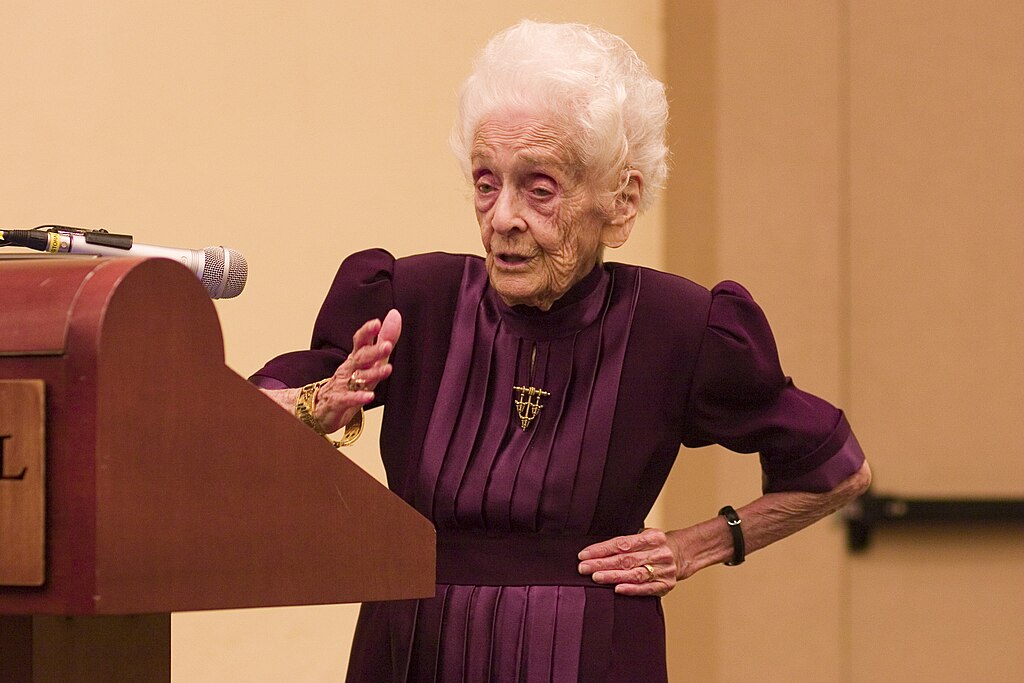
Rita Levi-Montalcini was an Italian neurobiologist who discovered nerve growth factor (NGF), a protein crucial for the growth and survival of nerve cells. Her discovery had a profound impact on our understanding of neurobiology and earned her the Nobel Prize in Physiology or Medicine in 1986. Levi-Montalcini’s work has paved the way for research into neurodegenerative diseases like Alzheimer’s. She continued her research well into her 90s, demonstrating a lifelong commitment to science.
Mary Anning – Advancing Paleontology
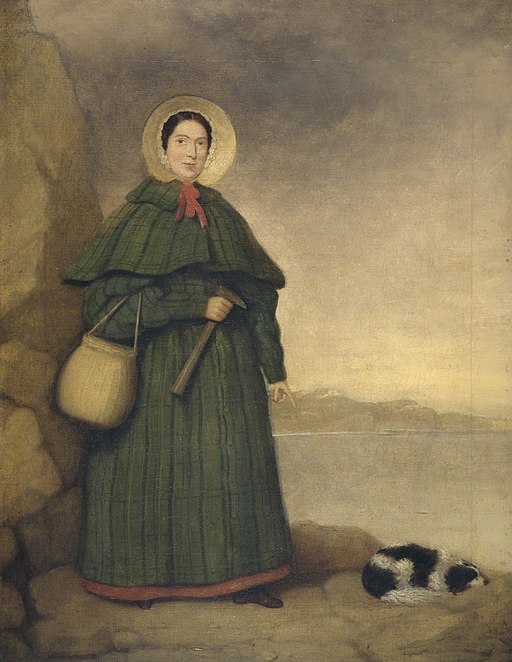
Mary Anning was a pioneering paleontologist whose discoveries in the early 19th century significantly advanced the field. She unearthed the first complete Ichthyosaurus and Plesiosaurus fossils, which provided evidence of prehistoric life. Despite having little formal education, Anning’s contributions were highly respected by the scientific community, although she was often overlooked in her time. Today, she is recognized as one of the most important figures in the history of paleontology.
Jocelyn Bell Burnell – Discovering Pulsars
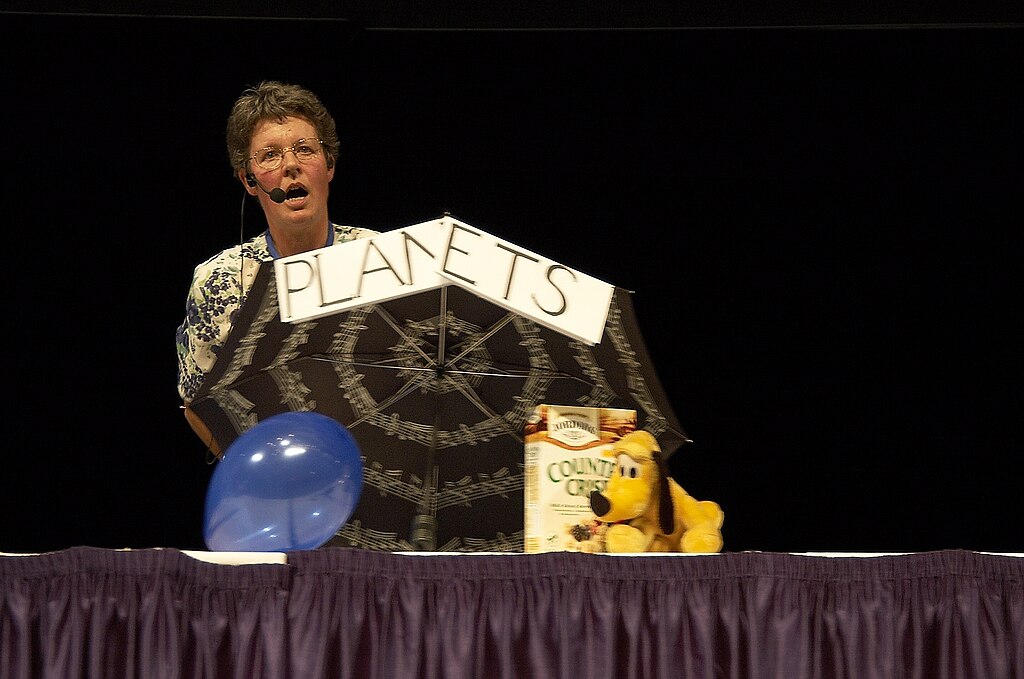
Jocelyn Bell Burnell is an astrophysicist who discovered the first radio pulsars as a graduate student. Her discovery revolutionized our understanding of neutron stars and earned the Nobel Prize in Physics in 1974—though controversially, the award was given to her supervisor. Despite this, Bell Burnell’s contributions to astrophysics are widely recognized, and she has received numerous accolades for her work. Her discovery remains one of the most significant in the field of astronomy.
Grace Hopper – Pioneering Computer Programming
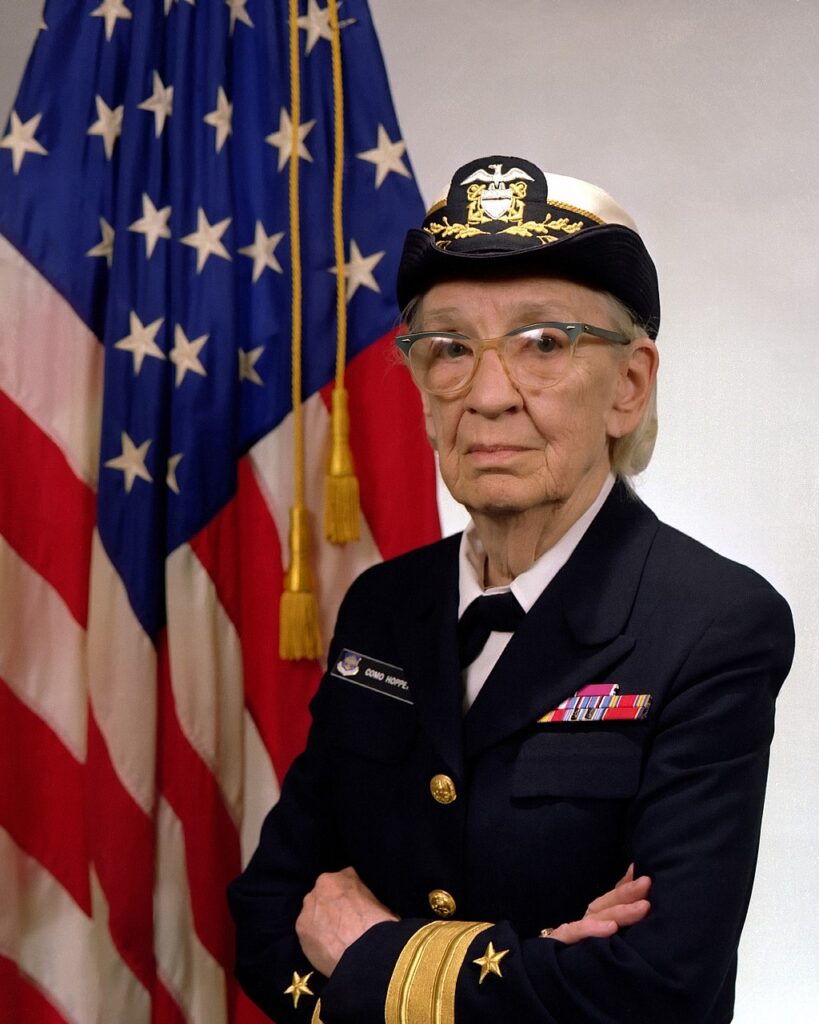
Grace Hopper was a computer scientist and naval officer who developed the first compiler for a computer programming language. Her work led to the development of COBOL, one of the earliest high-level programming languages. Hopper’s contributions were instrumental in the evolution of modern computing, earning her the nickname “Grandmother of COBOL.” She also popularized the term “debugging” after removing a moth from a computer, a story that has become legendary in the tech community.
Mae Jemison – Breaking Barriers in Space Exploration
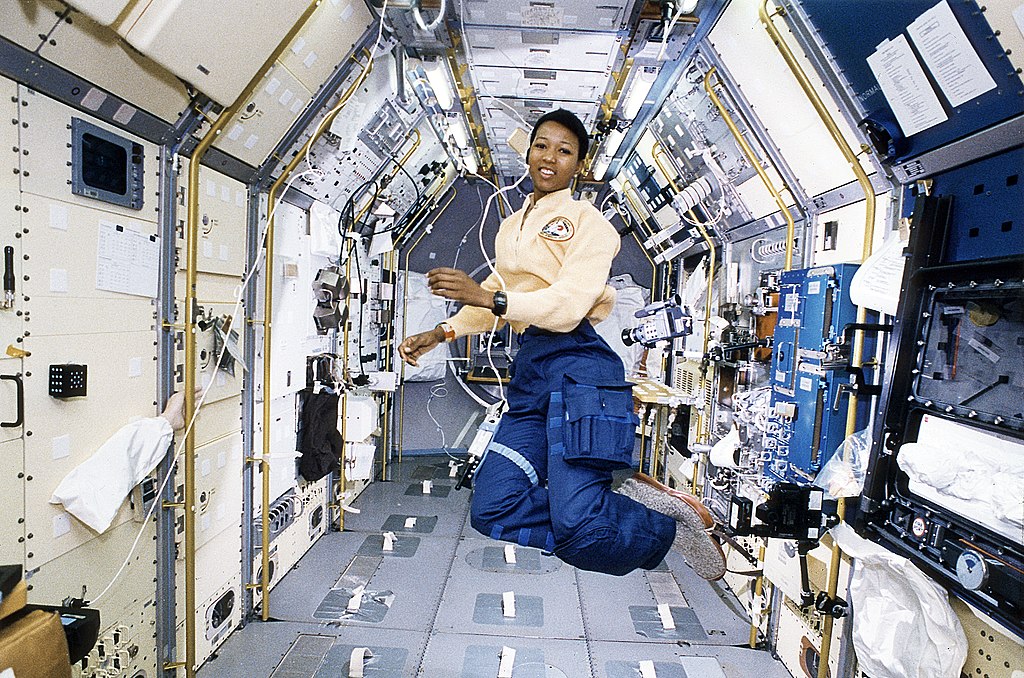
Mae Jemison is an engineer, physician, and former NASA astronaut who became the first African-American woman to travel in space. Aboard the Space Shuttle Endeavour in 1992, she conducted experiments in life sciences and materials processing. Jemison’s journey into space shattered racial and gender barriers, inspiring a new generation of scientists and explorers. Today, she continues to advocate for science education and the inclusion of more women and minorities in STEM fields.
This article originally appeared on UnifyCosmos.
More from UnifyCosmos
23 Unique Date Night Ideas to Keep the Romance Alive

From adventurous outings to cozy nights in, here are some innovative ideas to inspire your next date night and bring you closer together. Read more!
22 Best Summer Reads to Enjoy by the Pool

Dive into these captivating stories and let your imagination take you on a journey while you soak up the sun. Read more!
18 Unusual Ways to Enhance Your Creativity

Simple changes in your daily habits can unlock hidden creative potential. Here are some unusual ways to boost your creativity. Read more!
Leave a Reply